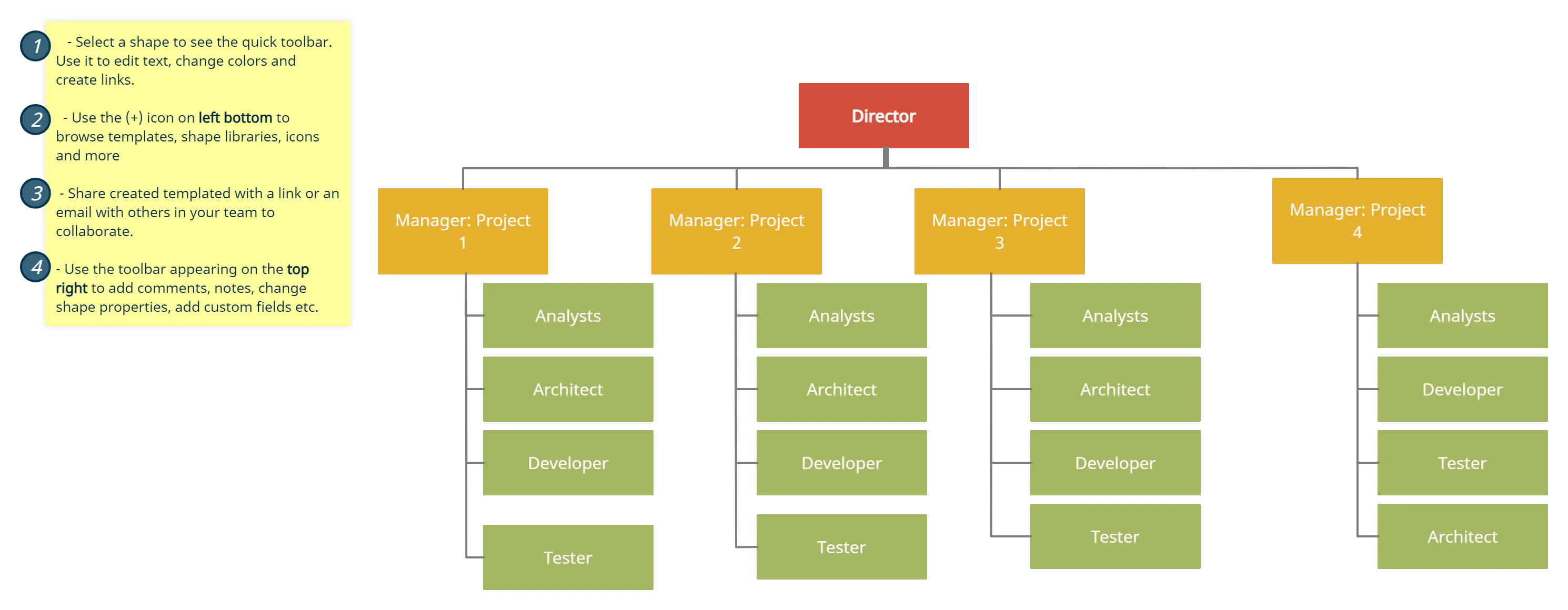This is the third post in a series on organization structures. Here is a brief outline of what has been discussed so far: In the first post we discussed the simple, functional and the multidivisional organizational structures. The second post followed up with the Holding company structure, Matrix Structure & Team-based structures. Now with the final post in the series, let’s take a look at the Project-based and Network structures.
Project-based Structure
If you’re part of an organization that manages complex products; or deals with high-value industrial products and systems which support the production of goods and services, then this is the ideal structure for you.

A project-based structure is a temporary structure to which resources are assigned to work on a unique and often complex but short-term projects. You will see this type of structure commonly used in private manufacturing companies, it is also deployed in other organizations both public and private, like law firms, consultancy firms, marketing, and the film industry.
Within a project-based structure, the project is the primary business apparatus for conforming and amalgamating all the main business functions (Production, Engineering, Marketing, HR and Finance) of the organization. Because the main business processes are organized within projects rather than functional departments, this structure is an alternative to the matrix structure.
Coordination is an essential function in a project-based structure, as each worker is expected to coordinate and collaborate with other units. Also, the client plays an important role in this type of organization and is involved right throughout the project – from the project initiation to its completion.
Network Structure
This is a complicated structural type which includes the linking of many individual organizations to make their interaction effective in order to achieve a common goal. If you’re running a joint venture to build complex, technical systems like a space shuttle; or if you’re part of the network for a construction company, network structure is the best type.
These structures are more flexible and efficient because they use the best partners available that provide specific needs. However, this structure has some drawbacks as it forces you to rely overly on your partners, resulting in less managerial control.
Organizational structures are critical for a company and its employees. In the long run, organizational structure can spell the difference between success and failure for an organization.
If this series of posts have inspired you to re-design your organization structure you can start right away with Creately. You don’t have to wait for your management team or HR department to re-arrange the organization structure, using Creately you can create your grand vision showing how to make your organization more streamlined and efficient and then easily share it with the management team and HR department. That’s being proactive!
You can find many org chart diagram templates in our diagram community to get started faster. If you have any comments or feedback on this series please let me know through the comments.
![Organizing for Success [3] : Map out your Organization Structure](/static/assets/guides/organizing-for-success/Organizational-Chart-Best-Practices-for-Meaningful-Org-Charts-header.webp)




